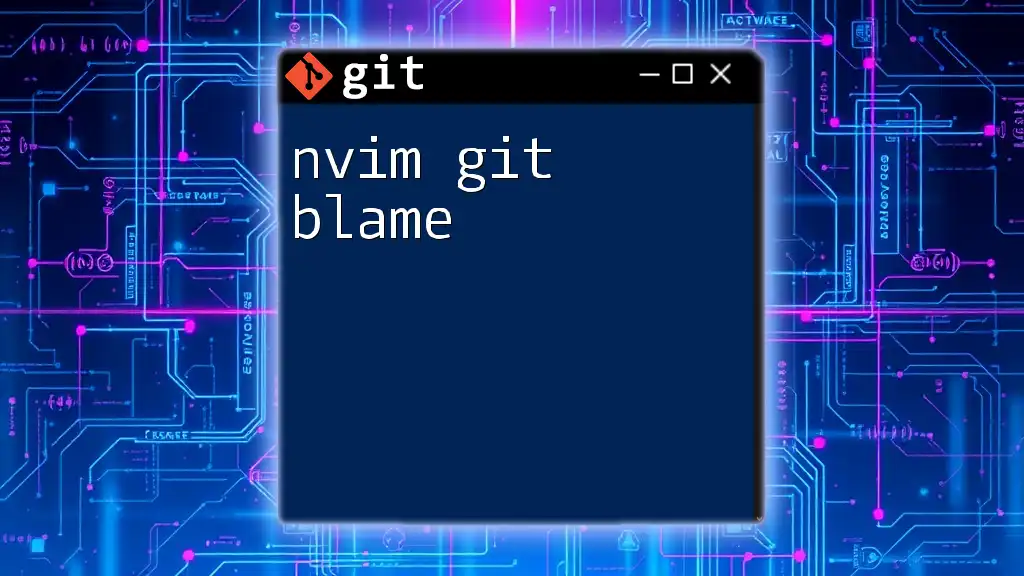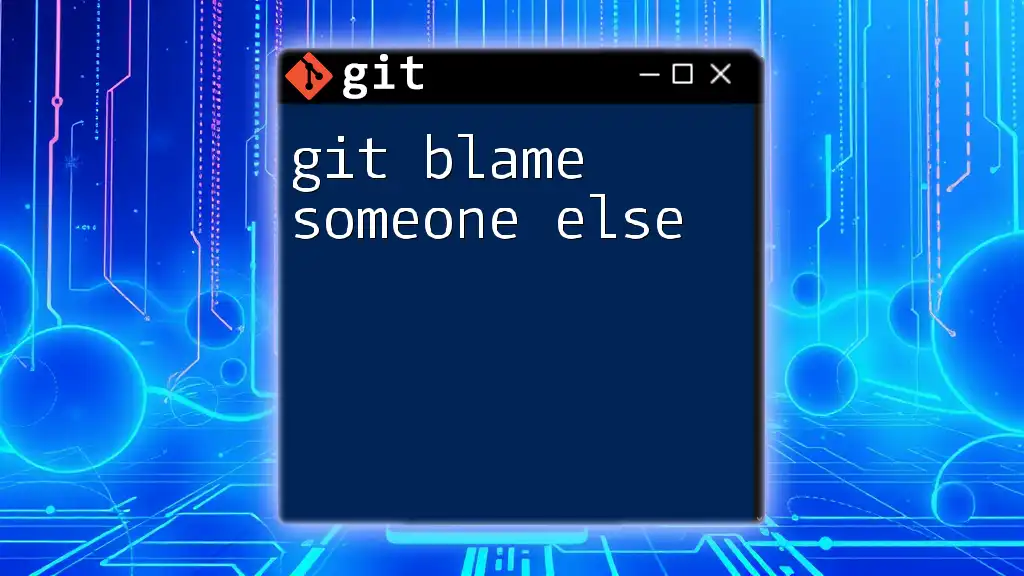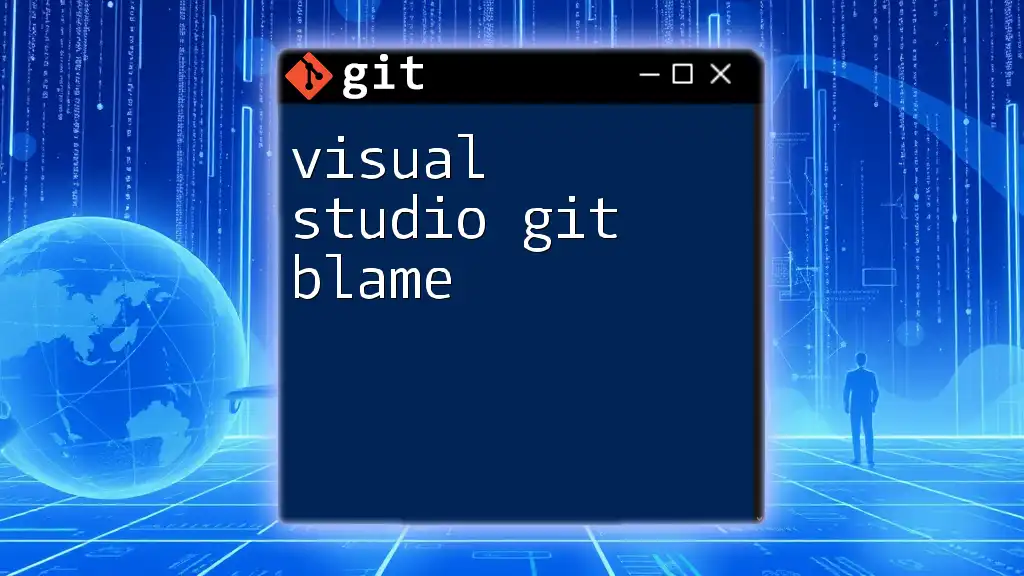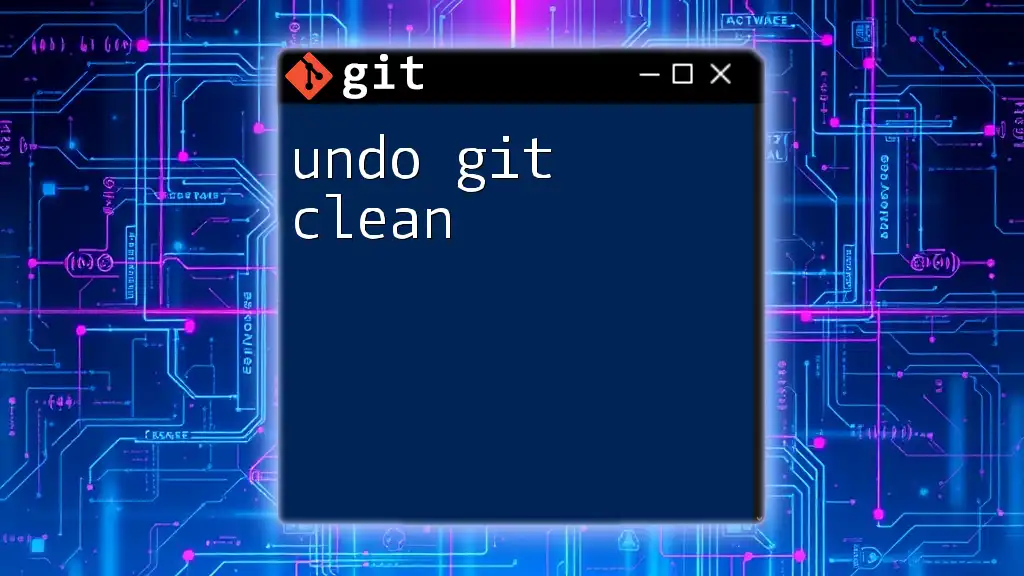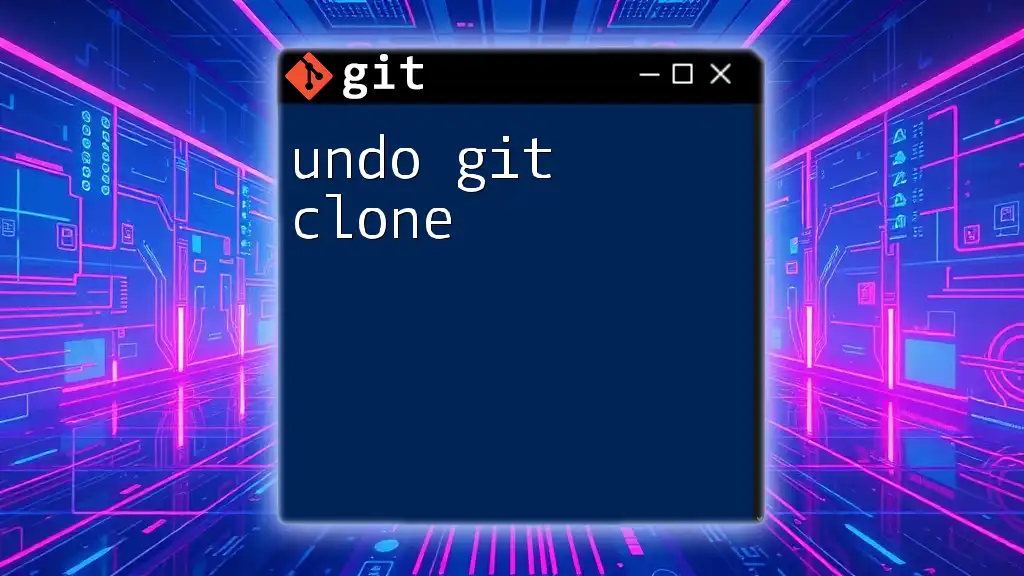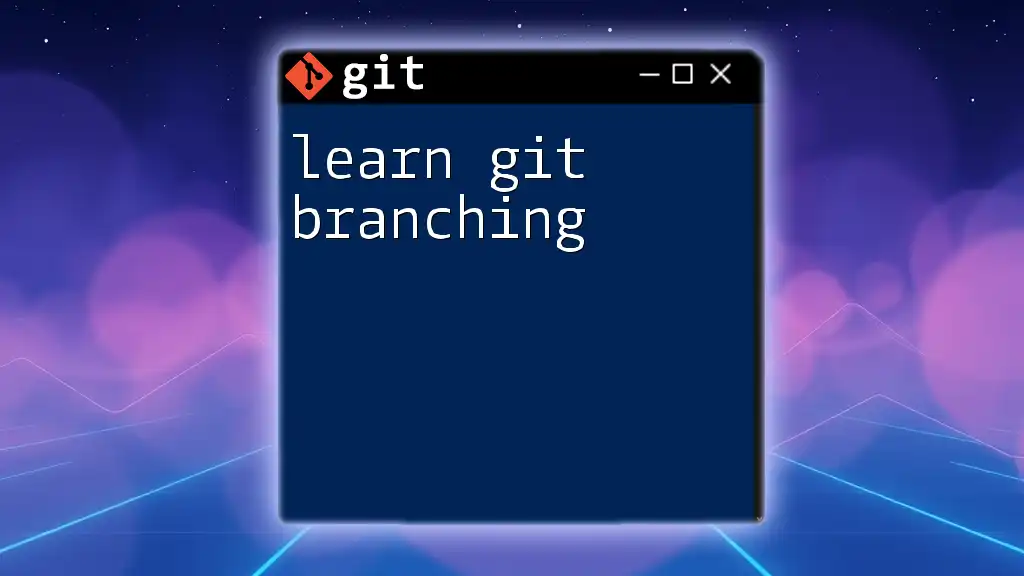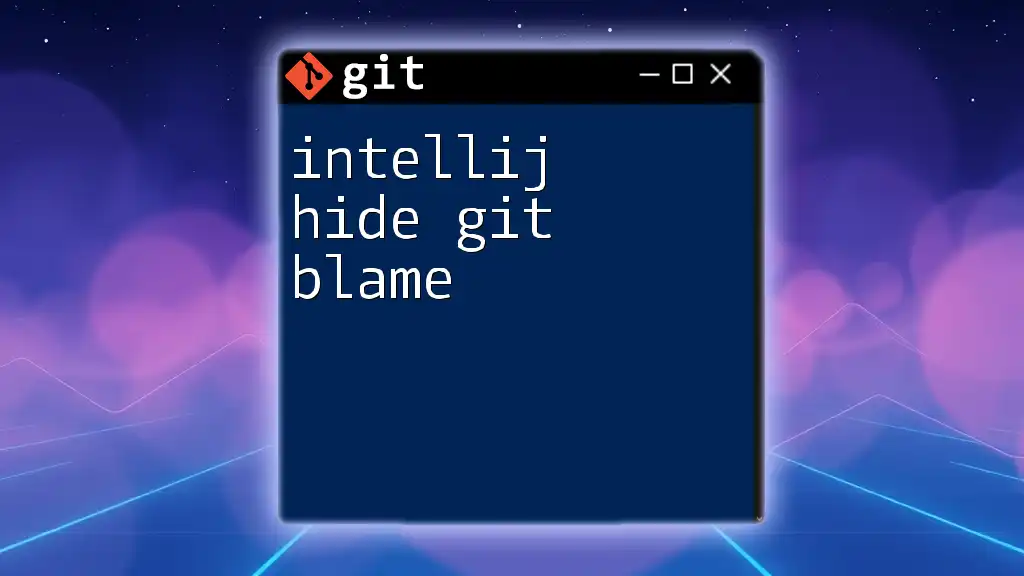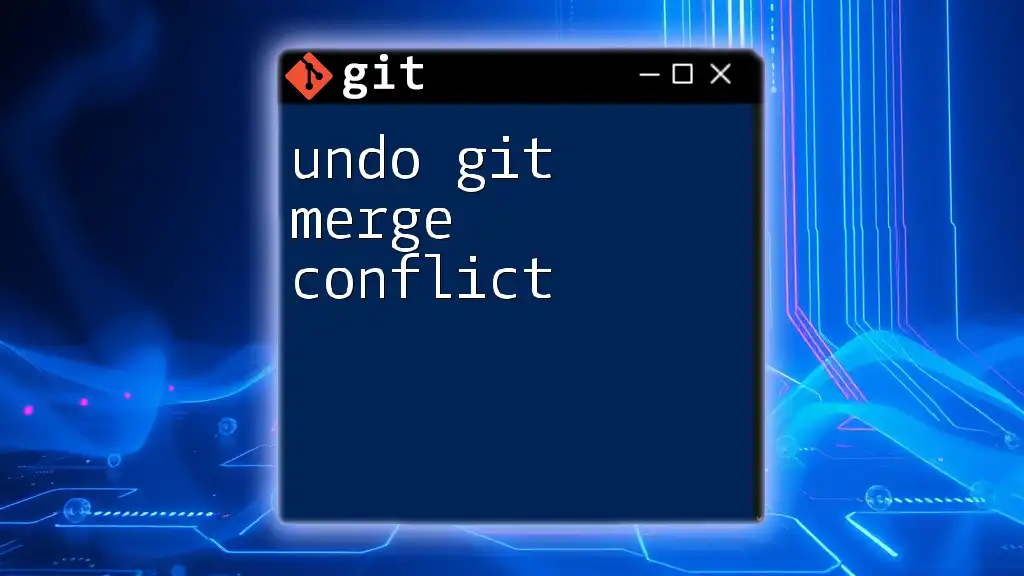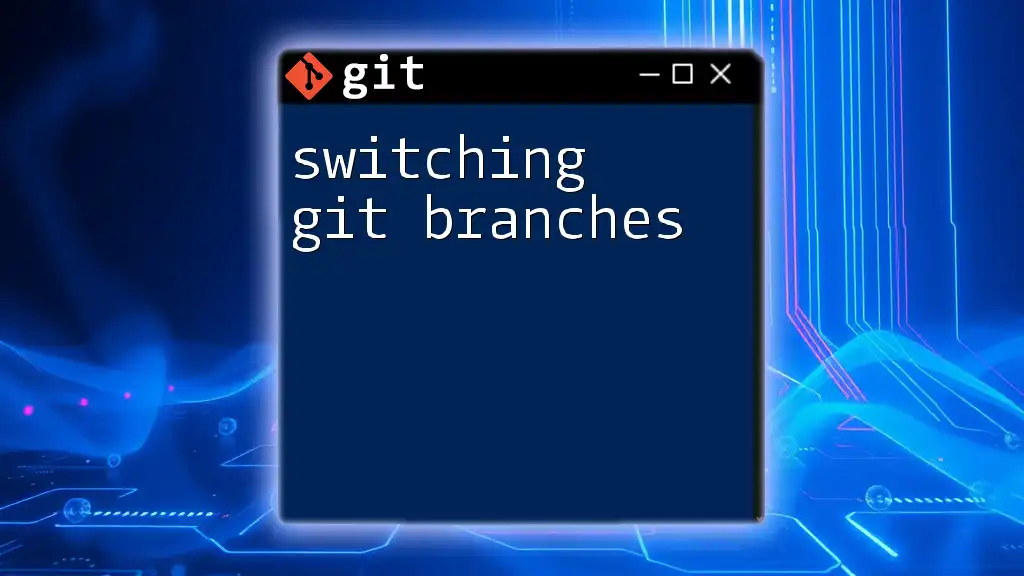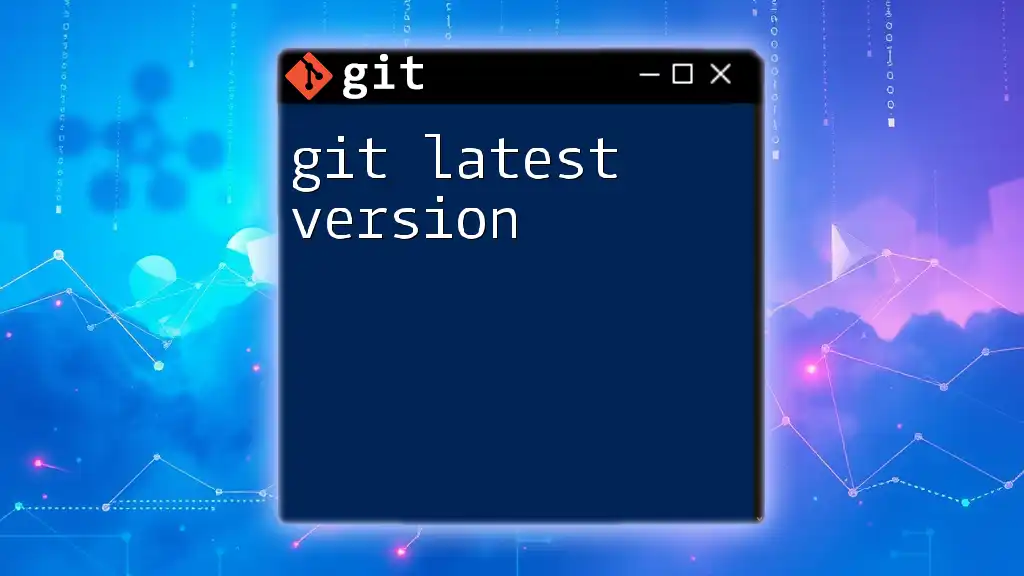The `git blame` command in combination with Neovim (nvim) allows you to view the last modification details for each line in a file, helping you understand who changed what and when.
git blame filename.ext
Understanding `git blame`
What is `git blame`?
`git blame` is a powerful Git command used to reveal the author, date, and changes made to each line of a file. By annotating each line with the last commit information, developers gain insight into who wrote what and when. This command is particularly beneficial during debugging, allowing you to trace back the history of specific lines in the source code. Understanding the origin of changes can help identify the reasons behind specific implementation choices, facilitating better communication within teams.
Anatomy of the `git blame` Output
The output of `git blame` is structured to provide a clear view of the contribution behind each line. When you run the command, you will get output formatted as follows:
3f1c11c (Jane Doe 2023-10-01 14:00:00 +0000 1) This is the first line of code.
This output can be broken down as follows:
- Commit hash: `3f1c11c` uniquely identifies the commit related to that line.
- Author: `Jane Doe` is the person who last modified the line.
- Date: `2023-10-01 14:00:00 +0000` shows when the change was made.
- Line number: `1` indicates the specific line in the file.
- Line content: The actual code or comment that was modified.
Understanding this output format enables you to quickly glean important historical context about your code.
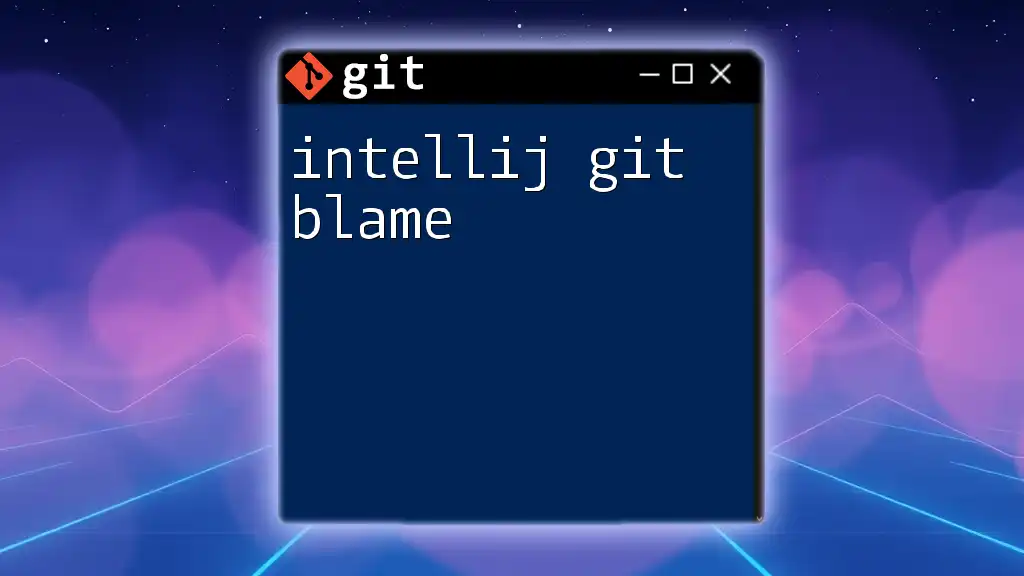
Setting Up Neovim with Git
Prerequisites
To effectively utilize `nvim git blame`, you must ensure both Neovim and Git are installed on your machine. In addition, having a plugin manager like vim-plug or Packer will facilitate the installation of useful plugins that enhance your Git experience in Neovim.
Configuring Neovim for Git Integration
Begin by installing Git-related plugins that will streamline your workflow. One of the most popular choices is the Fugitive plugin, which integrates seamlessly with Git commands within Neovim.
In your `init.vim` or `init.lua`, add the following line to install the plugin using vim-plug:
Plug 'tpope/vim-fugitive' " Git commands in nvim
This step is crucial as it will give you access to a suite of Git commands and utilities that help streamline code management directly from your editor.
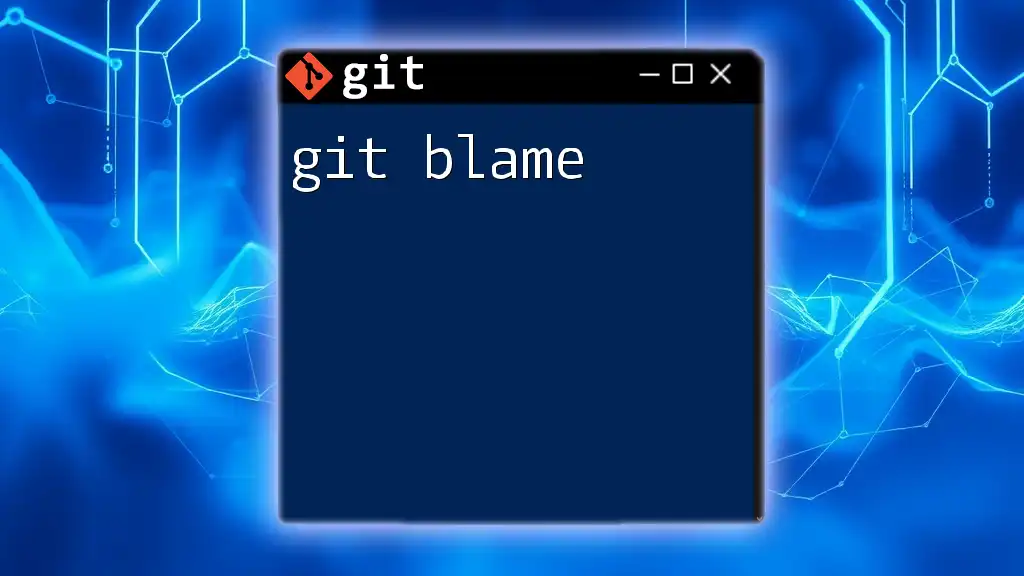
Using `git blame` in Neovim
Running `git blame` Within Neovim
Once you have configured Neovim, you can easily execute `git blame` on a file. Simply open the file you wish to investigate, and run:
:Git blame
Upon executing this command, you will see the annotated output of the file, which will help you analyze contributions line by line. This feature can save you significant time, allowing you to diagnose changes without having to switch to the command line repeatedly.
Navigating `git blame` Output
Navigating within the blame output allows you to focus on specific lines or authors. By using the arrow keys or Neovim’s navigation shortcuts, you can scroll through the output and examine who contributed to each part of the text. It is also vital to learn how to jump to the commit directly using:
:Git show [commit-hash]
This command opens the commit details alongside the changes made. Being able to jump between files and commits streamlines your development process immensely.
Customizing `git blame` in Neovim
To improve your visual experience, consider customizing how blame information is displayed. You can modify settings for colors and styles directly in your Neovim configuration files. This makes it easier to read and comprehend the blame output, allowing you to parse information more effectively.
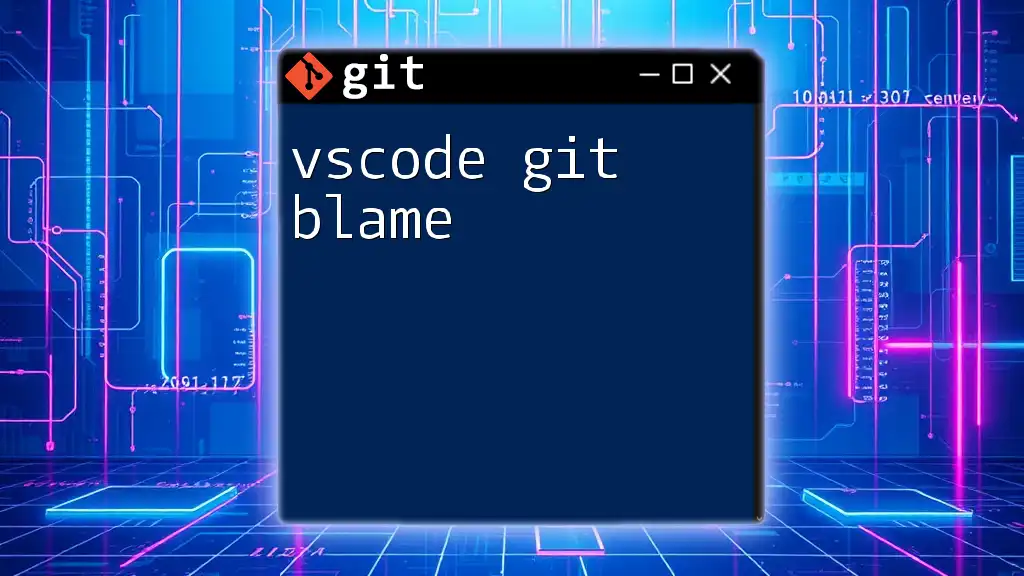
Best Practices for Using `git blame`
Interpreting Blame Information
While `git blame` can provide valuable insights, it’s crucial to interpret the information responsibly. Remember that shared codebases involve multiple contributors, and the blame command may not always reflect accountability. Use it as a tool for learning rather than assigning blame. Always approach conversations about contributions with an open mind.
When to Use `git blame`
There are many scenarios where `git blame` can be particularly useful. Here are a few examples:
- Debugging: Quickly identify who last modified a line of code that is causing issues.
- Code Reviews: Reference authors when discussing particular code sections during team reviews.
- Refactoring: Understand the original intention behind a block of code to maintain functionality during changes.
Combining `git blame` with other commands like `git log` or `git diff` enhances your understanding of changes and aids in the decision-making process related to the code.
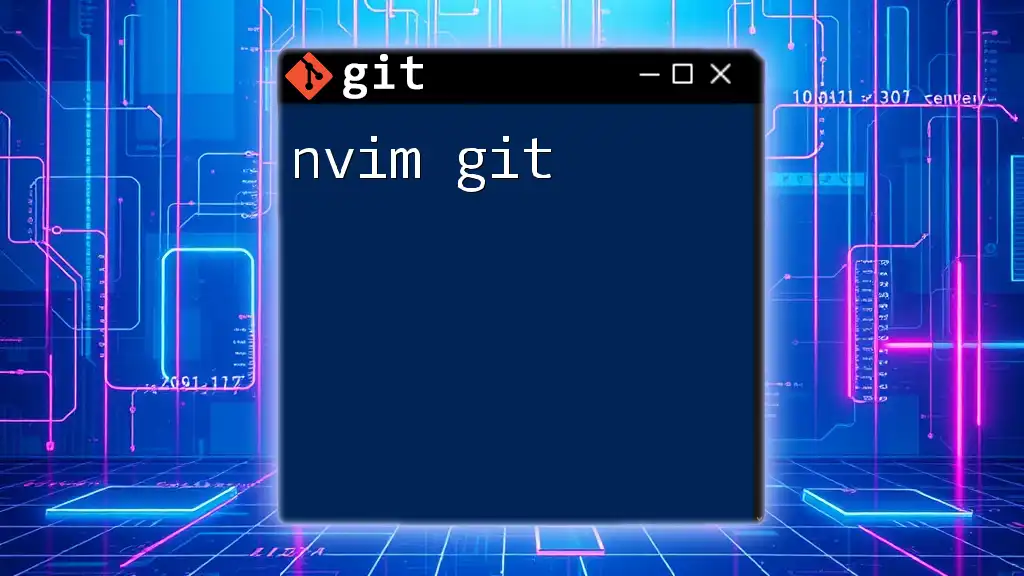
Advanced `git blame` Techniques
Filtering and Formatting the Output
To extract specific insights from your code, use flags with `git blame`. For example, if you only want to analyze a few lines, utilize the `-L` flag:
git blame -L 2,5 filename.py
This command limits the output to only lines 2 through 5 in the specified file. Familiarizing yourself with these options allows for more focused analysis, making it easier to gather relevant information.
Integrating `git blame` with Other Tools
While command-line tools are powerful, sometimes a GUI client can provide a user-friendly overview of your project's history. Exploring options like GitKraken or SourceTree in tandem with Neovim can enhance your workflow. However, the component of using the Fugitive plugin grants a cohesive experience, allowing you to integrate Git commands directly within your preferred coding environment.
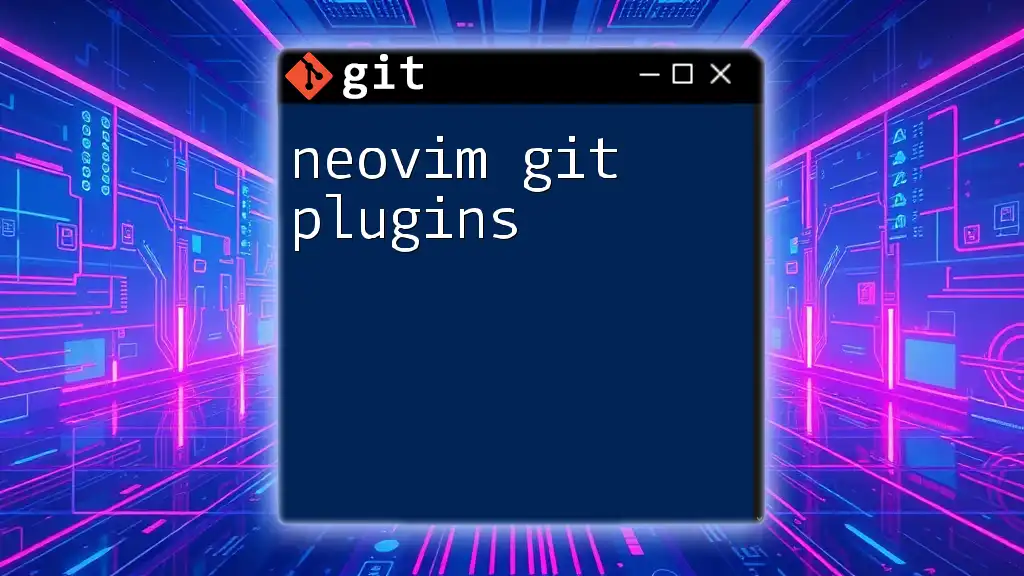
Troubleshooting Common Issues
Addressing Performance Hiccups
If you notice slowdown when using `git blame`, this may be due to the size of the repository or the complexity of the files being analyzed. To optimize the performance:
- Close unnecessary files within Neovim.
- Limit the number of lines or scope of blame commands you execute.
- Consider indexing large files selectively.
Improving Workflow
For a more efficient workflow, consistently utilize shortcuts for common commands. Familiarize yourself with the various keyboard commands and mappings within Neovim to minimize your reliance on mouse navigation. This will result in a smoother coding experience, allowing you to focus more on writing and less on managing processes.
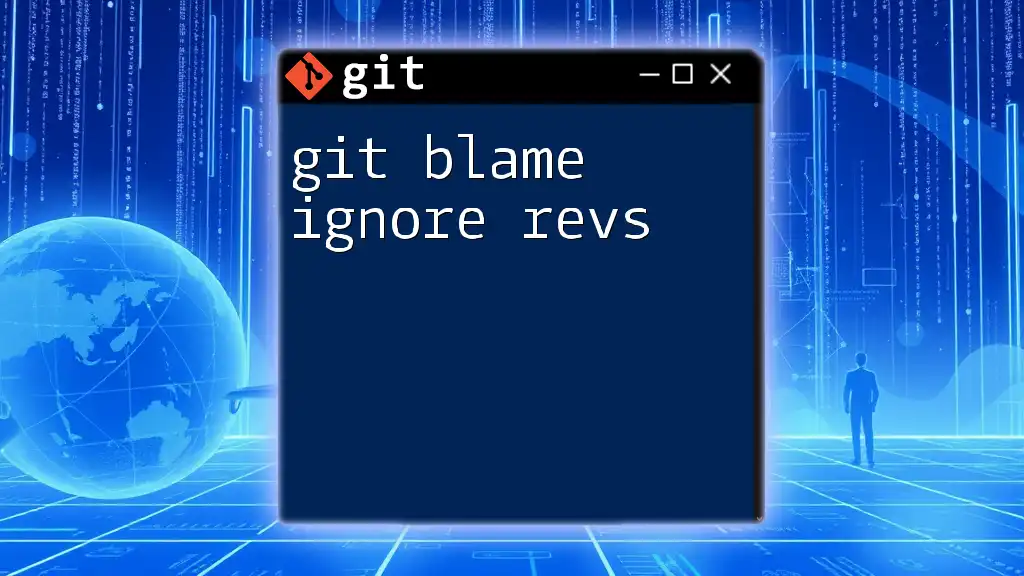
Conclusion
Using `nvim git blame` provides a robust method for understanding code contributions and history within your projects. By mastering this command in conjunction with the powerful features of Neovim, you can significantly enhance your development workflow. Emphasizing the importance of context and effective communication will further bolster your team's synergy and project success. As you practice and explore these tools, remember that learning is an integral part of becoming proficient in version control and collaborative coding.

